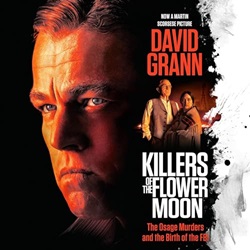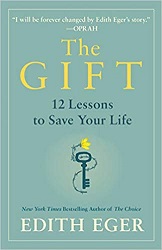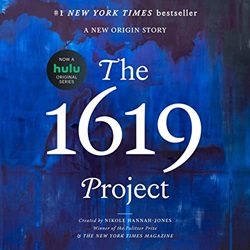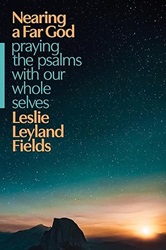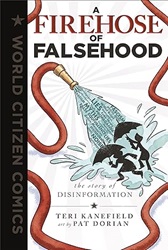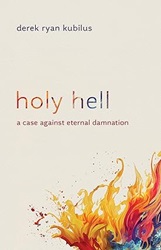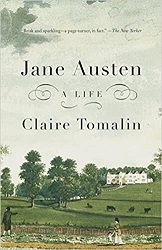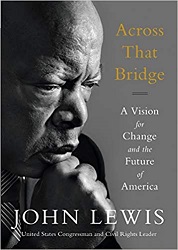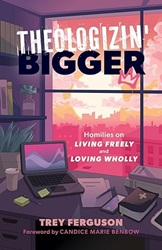Review of Have a Beautiful, Terrible Day! by Kate Bowler
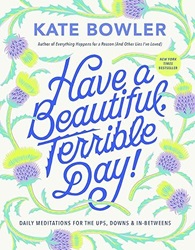 Have a Beautiful, Terrible Day!
Have a Beautiful, Terrible Day!
Daily Meditations for the Ups, Downs & In-Betweens
by Kate Bowler
Convergent, 2024. 204 pages.
Review written May 22, 2024, from my own copy purchased via Amazon.com
Starred Review
The title of this book perfectly encapsulates what’s so helpful about Kate Bowler’s writing. She is able to wish you a good day and uplift you, even while acknowledging that terrible things happen.
The content of the book is very like The Lives We Actually Have: 100 Blessings for Imperfect Days (with Jessica Ritchie). It’s a little bit oversized, and each day’s meditation takes up a spread. On the left half of the spread, we’ve got a Bible verse on the side and some thoughts about the situation where you might find yourself. On the right side, there’s a prayer for when you’re in that situation, followed by a short reflection prompt.
As an example, here’s the text on the left side of the first meditation, “when everything is out of control”:
There is something people say when you are in a lot of pain or trouble or life is out of control. They say: “All you can control is your reaction.” And, sure, that’s often good advice. We can try to reduce the scale of our problem-solving to a small, manageable step. But I don’t want you to have to skip that first true thing you are allowed to say: “I have lost control. This is happening to me.” This blessing is for when you need to say, “God, this is out of control. People keep telling me that I have control over this, but I really don’t. I need help.” Read or pray this meditation aloud if you need some divine rescue plan and some acknowledgment of that reality.
And the prayer on the facing page finishes up like this:
You are there, somewhere out there,
though I can hardly feel it.
Send an angel, send a fleet, send them now.
Like the other book, I found the meditations in this book encouraging and uplifting. They gave me words to pray that I might not have thought of on my own, but that did help bring me near to God and remember that God is listening.
This book has a section for Lent and a section for Advent, but the funny thing about that is that they miss a whole week of Lent! The 40 days of Lent on the calendar do not count Sundays. If you check a calendar, there are not a simple six weeks to Lent, because it starts on Wednesday and ends on Easter Sunday. There are, in fact, six Sundays during Lent — but that does not count Easter Sunday. The sixth Sunday of Lent is Palm Sunday. In this book, Palm Sunday is listed as the fifth Sunday of Lent, which doesn’t fit the calendar. I went back and checked — she only has 35 meditations during Lent, plus four Sundays set aside for rest. Missing the last week.
However, I just went back and did one of the earlier weeks during that week. The book is still a wonderful book of prayers, but that was a funny little glitch that the mathematician in me can’t bear to not point out. (Sorry!)
All that said, I love the way Kate Bowler models turning to God when things are difficult. Going through one of these prayers each day makes a wonderful morning routine.
Find this review on Sonderbooks at: www.sonderbooks.com/Nonfiction/have_a_beautiful_terrible_day.html
Disclosure: I am an Amazon Affiliate, and will earn a small percentage if you order a book on Amazon after clicking through from my site.
Disclaimer: I am a professional librarian, but the views expressed are solely my own, and in no way represent the official views of my employer or of any committee or group of which I am part.
What did you think of this book?
